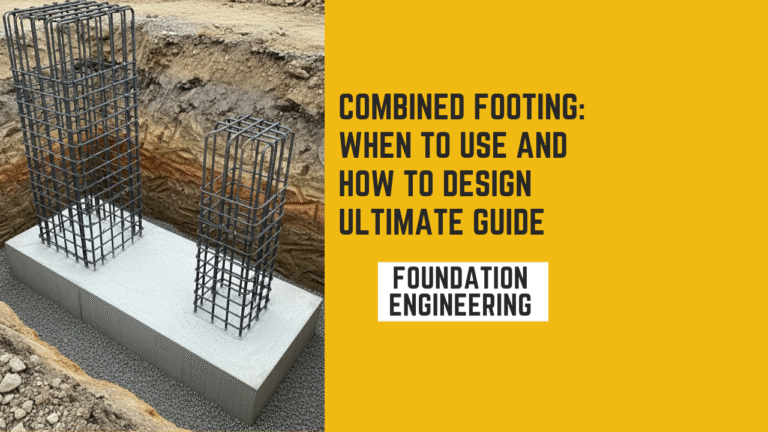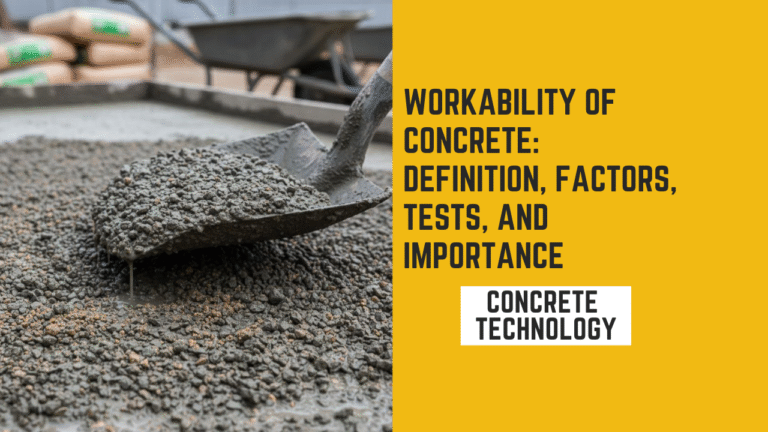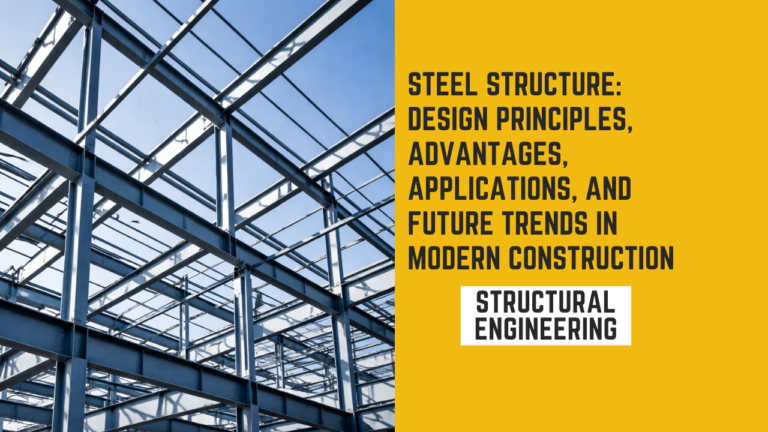Comparison of Steel and Timber Structures

Introduction
Construction materials play a vital role in the performance, cost, and sustainability of any structure. Among the most commonly used materials in the building and civil engineering sectors are steel and timber; each has unique strengths, weaknesses, applications, and environmental impacts. This article offers a thorough comparison of steel versus timber constructions, weighing factors including structural qualities, cost, speed of construction, longevity, fire resistance, environmental concerns, and project compatibility.
1. Structural properties
Steel
Steel is an alloy primarily composed of iron and carbon, often enhanced with other elements to improve strength and corrosion resistance. It has a very high strength-to-weight ratio, meaning it can support large loads while using relatively small sections. This makes steel ideal for high-rise buildings and long-span structures.
Steel also has excellent ductility, allowing it to bend under stress without breaking. This is particularly advantageous in seismic zone where the ability to deform without collapse saves lives

Timber
Timber or wood, is a natural material with good compressive and tensile strength—especially when used as engineered wood products like glulam (glued laminated timber) or CLT (cross-laminated timber). While timber cannot compete with steel in terms of ultimate strength, it performs well in low-rise buildings, residential homes, and light commercial construction.
Timber is less dense than steel, which contributes to a lighter structural system. However, timber is also more variable in quality due to natural defects like knots or moisture content.
2. Durability and maintenance
Steel
Steel is susceptible to corrosion, especially in humid, coastal, or industrial environments. To prevent rust, steel structures need protective coatings such as galvanization or paint. If not properly maintained, corrosion can significantly reduce structural integrity.
However, when well protected, steel can last many decades with minimal structural degradation
Timber
Timber is vulnerable to biological attacks, including rot, fungi, and termites, especially in wet or poorly ventilated environments. Treatment with preservatives and protective coatings is necessary, but even then, timber may not match the longevity of steel in challenging environments.
Regular inspection and maintenance are essential to ensure a timber structure remains safe and functional
3. Construction Time and Labor
Steel
Steel structures can be quickly assembled on-site because they are typically prefabricated off-site. This shortens the duration of construction and lessens disturbance at the project site. Because steel components are carefully engineered, accuracy and quality control are very high.
However, skilled labor, cranes, and occasionally welding are needed for steel erection, which can raise labor costs.
Timber
In general, building with timber is easier, especially for smaller structures. They require less equipment and tools to assemble, and some parts can be made locally. The speed and scalability of timber construction have also been enhanced by engineered wood products, particularly in modular building systems.
Timber is frequently quicker and less expensive to construct than steel for homes and low-rise structures.

4. Cost Comparison
Steel
In general, steel costs more than timber per kilogram. In addition to the material itself, costs also include skilled labor, protective treatments, fabrication, and transportation. However, for large projects, its longevity and long-distance reach may make it more cost-effective.
Furthermore, steel’s strength can offset some of the higher initial costs by lowering the amount of material required.
timber
Particularly in areas where wood is readily available locally, timber is less expensive than steel. Because it is easier to handle, can be built more quickly, and requires less foundation because it is lighter, the total cost of construction can be reduced.
But over time, especially in harsh climates, timber may require more maintenance.
5. Environmental Impact
Steel
Steel production is energy-intensive, emitting large amounts of CO₂ during manufacturing. However, steel is 100% recyclable without loss of quality. Recycled steel can significantly reduce environmental impact compared to virgin steel.Some steel structures are designed for disassembly and reuse, improving sustainability.
Timber
Timber is a renewable resource and has the advantage of carbon sequestration—trees absorb CO₂ during growth. Using wood from sustainably managed forests helps reduce environmental impact.
However, deforestation and poor forestry practices can make timber unsustainable if not managed properly. In general, timber has a smaller carbon footprint than steel, especially in low-rise buildings.
6. Fire Resistance
Steel
Steel is noncombustible and does not ignite. However, it loses strength rapidly when exposed to high temperatures (starting around 550°C), which can lead to structural failure in fires. To address this, steel structures are often protected with fire-resistant coatings or encasements.
Timber
Timber burns, but large wood members (like heavy timber or glulam) char on the outside, forming a protective layer that slows down fire penetration. Fire design codes take this charring effect into account, making timber surprisingly fire-resistant under the right conditions.
Nonetheless, timber still requires careful design and fireproofing in most applications.
7. Aesthetic and Architectural Flexibility
Steel
Steel allows for sleek, modern designs with minimal profiles and large open spans. It is highly flexible in terms of shapes, curves, and detailing. Architects often use exposed steel to convey an industrial or contemporary look.
Timber
Timber provides a warm, natural aesthetic that appeals to residential and public architecture. It’s often chosen for interiors to create a cozy or biophilic atmosphere. Engineered wood products also allow for creative forms and modern designs.
Architecturally, timber offers emotional and visual comfort that steel rarely matches.
8. Applications and Suitability
| Use Case | Steel | Timber |
| Skyscrapers | ✓ Excellent | ✗ Not suitable |
| Bridges | ✓ Excellent | ✓ Good (short-span) |
| Residential Buildings | ✓ Good | ✓ Excellent |
| Warehouses & Factories | ✓ Excellent | ✓ Good |
| Temporary Structures | ✗ Less suitable | ✓ Excellent |
| Interior Finish | ✗ Rarely used | ✓ Excellent |
Conclusion
Many factors influence the choice between steel and timber constructions, including project size, location, money, design preferences, and environmental aims.
For huge or intricate constructions like towers, industrial complexes, and bridges, steel provides exceptional strength, extended spans, and endurance. It does, however, come with increased expenses and environmental problems.
In low- to mid-rise buildings, timber—especially engineered wood—performs very well, providing environmentally friendly, economically viable, and aesthetically beautiful alternatives. For residences, educational institutions, and public spaces where warmth and environmental friendliness are required, it is perfect.
Utilizing the benefits of both materials, hybrid structures that blend steel and timber are growing in popularity in contemporary building.
Ultimately, both steel and timber have vital roles to play in sustainable, innovative, and resilient construction






